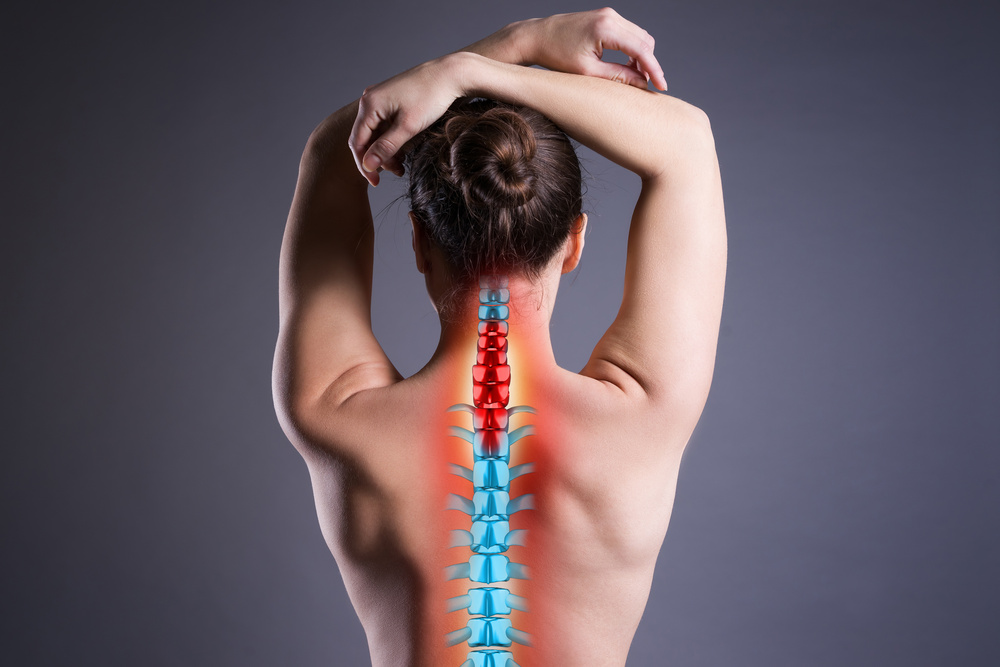
24 Apr Is It Possible to Have Cervical Kyphosis Without Any Symptoms?
The human body can seem kind of crazy at times. We have seen it firsthand here at Lone Star Pain Medicine. Take cervical kyphosis. In some people, the condition manifests in multiple symptoms that can range from mild to nearly debilitating. In other cases, cervical kyphosis patients are completely asymptomatic.
Symptom variations are a testament to how different human beings are. As much as we are alike in so many ways, we are all individuals as well. So when it comes to healthcare and medicine, we clinicians need to be very careful not to apply a one-size-fits-all approach for every case.
Cervical kyphosis varies enough that we believe each patient deserves an individualized treatment plan. If you have cervical kyphosis and are asymptomatic, consider yourself fortunate. Here’s hoping the condition never causes you symptoms. For everyone else, the good news about cervical kyphosis is that it is very treatable.
More About the Condition
Under normal circumstances, the cervical portion of the spine (essentially the neck) curbs inward slightly. The inward curve allows one to hold the head up straight and keep it balanced. When the curve reverses to an outward position, you have cervical kyphosis.
People living with this condition have an appearance of the neck and head being hunched forward. Oftentimes, this gives the appearance of the shoulders and shoulder blades being higher than usual. Common symptoms include:
- stiffness and pain in the neck.
- difficulty holding the head straight up.
- spinal cord compression.
- numbness or tingling in the arms and legs.
Nearly all the symptoms associated with service kyphosis are the result of how the condition affects surrounding nerves. When things in the spine get out of alignment, nerves are inflamed, compressed, etc. Irritated nerves cause a whole host of uncomfortable symptoms.
Known Causes of the Condition
Some cases of cervical kyphosis begin as spine abnormalities that are present at birth. In other cases, the primary cause is some sort of injury or trauma to the spine. Cervical kyphosis can also be caused by:
- Ankylosing spondylitis.
- Degenerative disk disease.
- Spinal tumors.
- Surgical procedures involving the spine.
Clinicians can never rule out the possibility that common habits contributing to poor posture can either lead to the condition or exacerbate it. For example, a person born with spinal defects might otherwise be fine except for the bad habit of spending so much time hunched over looking at a phone. The person’s condition could be made worse with continued phone use.
The condition is most often observed in teenagers, as their bodies are in that stage of growth spurt where bones, ligaments, and tendons don’t all grow at the same rate. An otherwise healthy person who develops cervical kyphosis during the teen years is said to have Scheuermann’s kyphosis.
Treating the Condition
As stated earlier in this post, cervical kyphosis is very treatable. The mildest cases tend to be treated with pain and anti-inflammatory medications. Physical therapy can help as well, by strengthening muscles, ligaments, and tendons so they can better support the head and neck.
In more severe cases, surgery is recommended. But here at Lone Star Pain Medicine, we offer alternatives. One such alternative is facet joint injections. We might also recommend a media branch block, discography, or other alternatives.
Cervical kyphosis is more common than most people know. Some people have it but don’t display any symptoms. Others have mild cases. Still others suffer with severe cases that are quite uncomfortable. One way or the other, we are here to help. Please come see a pain doctor here at our Weatherford, TX location.


No Comments